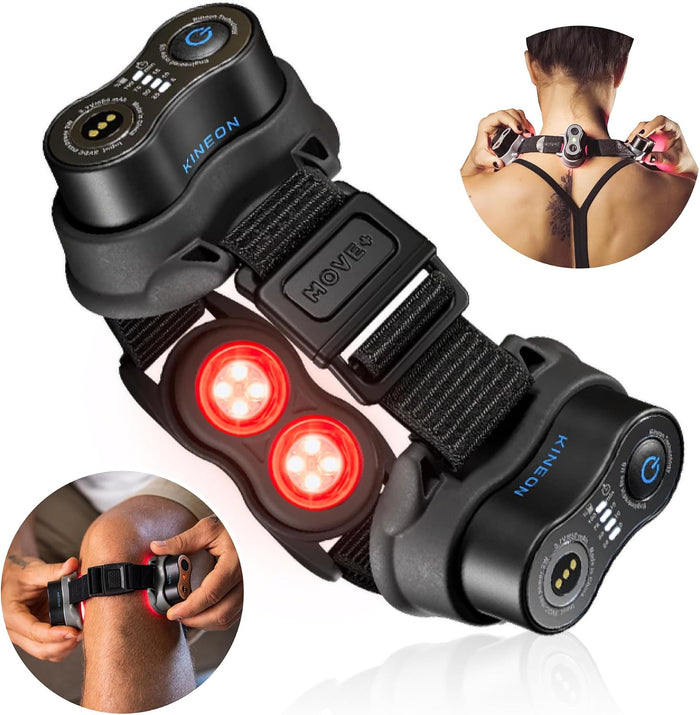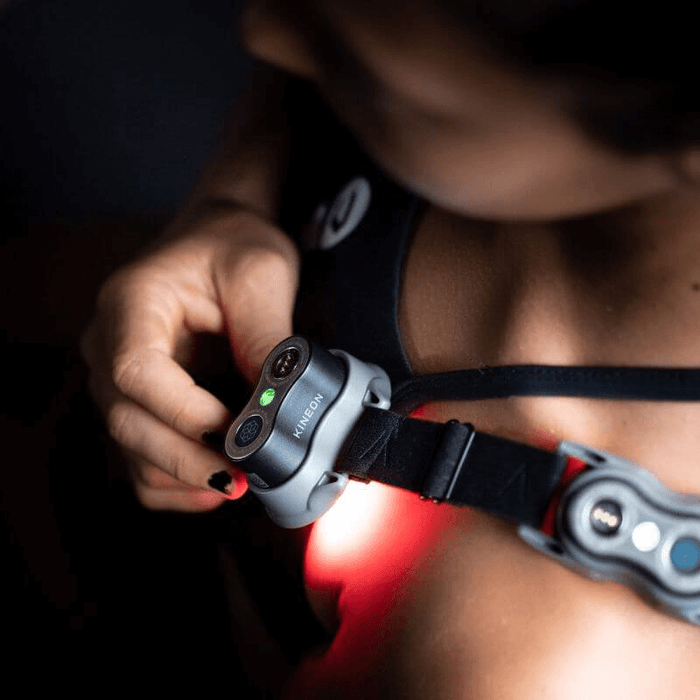-
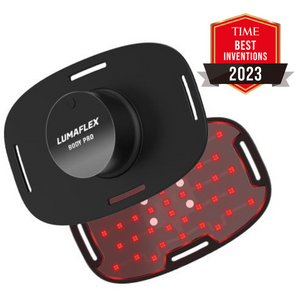
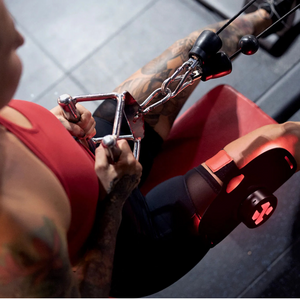
The Body Pro Red Light and Infrared Therapy Wrap
Regular price $689.00Regular price$799.00Sale price $689.00 -
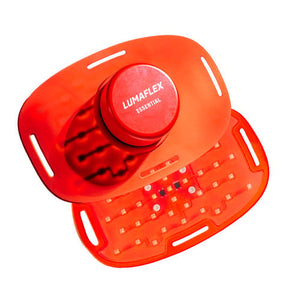
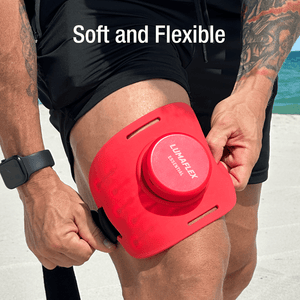
The Essential Red Light and Infrared Therapy Wrap
Regular price $369.00Regular price$499.00Sale price $369.00 -
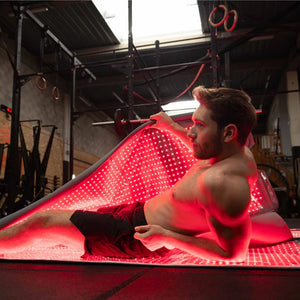
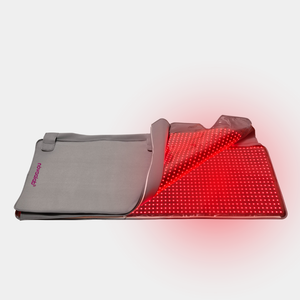
Red Light & Infrared Recovery Pod
Regular price $2,500.00Regular price$2,500.00Sale price $2,500.00 -
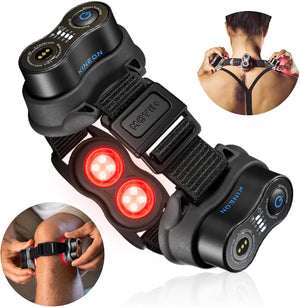
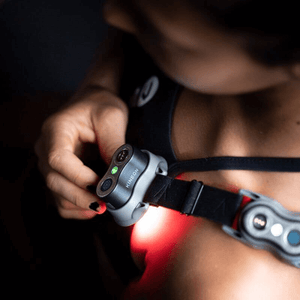
The MOVE+ PRO LED & LASER
Regular price $499.00Regular price -
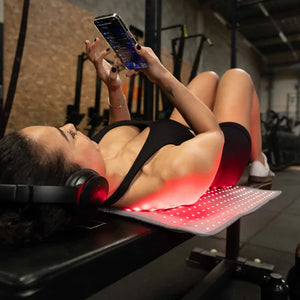
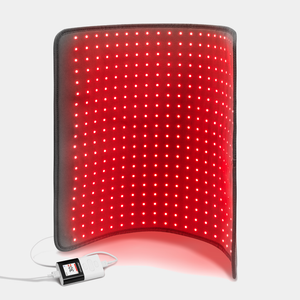
Red Light & Infrared Pad XL
Regular price $599.90Regular price$0.00Sale price $599.90

How Does Red Light Therapy Work?
Red light therapy stimulates the mitochondria, often called the "powerhouses" of the cell, enhancing their energy production. This boost helps cells function more efficiently, potentially supporting improved repair, reduced inflammation, increased collagen production, and enhanced blood circulation.
The Science Behind Red Light Therapy
-

Step 1
Mitochondria are the cell’s “energy plants.” Intense training or injury can cause chronic inflammation that damages mitochondria, reducing energy production. This leads to a buildup of waste, slowing healing and extending pain.
-

Step 2
Scientists have discovered that at low-level wavelengths, red light stimulates mitochondrial activity. Once activated, mitochondria produce more energy—supporting cellular healing, reducing pain, and decreasing inflammation, according to studies.
-

Step 3
In as little as 10 minutes, athletes may notice improved joint mobility. With regular use, red light therapy can help support injury prevention by speeding up recovery from intense training and sports activity.
Scientifically Proven
Supported By More Than 3,000 Clinical Studies
Thousands of clinical studies demonstrate that red light therapy improves recovery times, enhances muscle repair, reduces inflammation, and increases mobility - benefits now available through NovaLab devices.

Choose the Perfect Product
-


The Body Pro Red Light and Infrared Therapy Wrap
Regular price $689.00Regular price$799.00Sale price $689.00 -
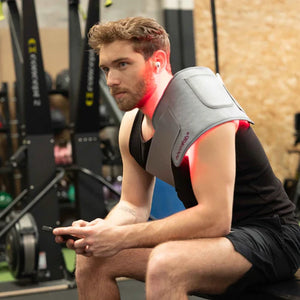

Red Light & Infrared Therapy Pad
Regular price $349.90Regular price$0.00Sale price $349.90 -


The Essential Red Light and Infrared Therapy Wrap
Regular price $369.00Regular price$499.00Sale price $369.00 -


The MOVE+ PRO LED & LASER
Regular price $499.00Regular price
-


The Body Pro Red Light and Infrared Therapy Wrap
Regular price $689.00Regular price$799.00Sale price $689.00 -


Red Light & Infrared Recovery Pod
Regular price $2,500.00Regular price$2,500.00Sale price $2,500.00 -


The Essential Red Light and Infrared Therapy Wrap
Regular price $369.00Regular price$499.00Sale price $369.00 -
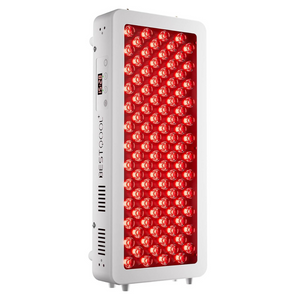
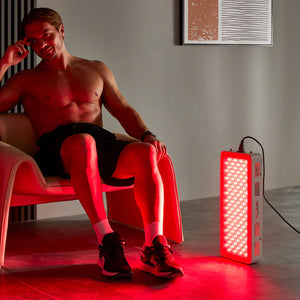
Red Light & Near Infrared Therapy Device
Regular price $319.00Regular price -
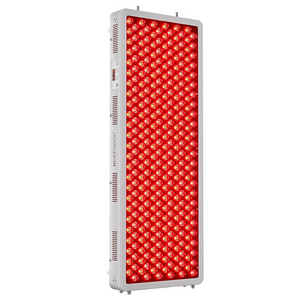
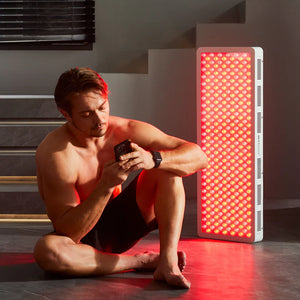
Red Light & Near Infrared Therapy Full Body Device
Regular price $899.00Regular price -


The MOVE+ PRO LED & LASER
Regular price $499.00Regular price
-


The Body Pro Red Light and Infrared Therapy Wrap
Regular price $689.00Regular price$799.00Sale price $689.00 -


The MOVE+ PRO LED & LASER
Regular price $499.00Regular price -


The Essential Red Light and Infrared Therapy Wrap
Regular price $369.00Regular price$499.00Sale price $369.00 -


Red Light & Infrared Pad XL
Regular price $599.90Regular price$0.00Sale price $599.90
-


The Body Pro Red Light and Infrared Therapy Wrap
Regular price $689.00Regular price$799.00Sale price $689.00 -


Red Light & Infrared Pad XL
Regular price $599.90Regular price$0.00Sale price $599.90 -


The Essential Red Light and Infrared Therapy Wrap
Regular price $369.00Regular price$499.00Sale price $369.00 -


Red Light & Infrared Therapy Pad
Regular price $349.90Regular price$0.00Sale price $349.90
-


The Essential Red Light and Infrared Therapy Wrap
Regular price $369.00Regular price$499.00Sale price $369.00 -


The MOVE+ PRO LED & LASER
Regular price $499.00Regular price -


The Body Pro Red Light and Infrared Therapy Wrap
Regular price $689.00Regular price$799.00Sale price $689.00 -


Red Light & Infrared Therapy Pad
Regular price $349.90Regular price$0.00Sale price $349.90


















